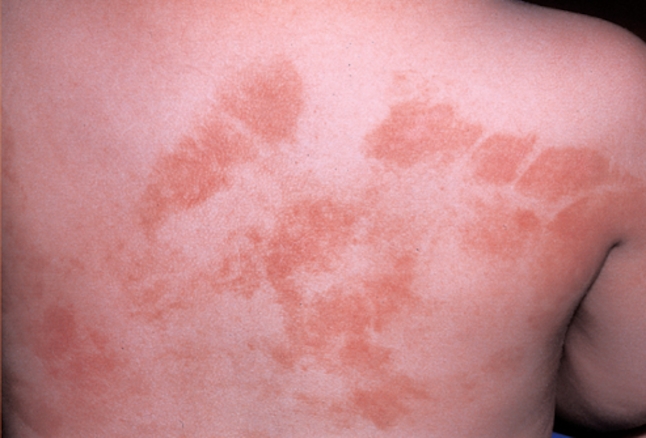
Phytophotodermatitis (PPD) is an inflammation of the skin caused by contact with certain plants during recreational or occupational exposure to sunlight. The inflammatory response is a phototoxic reaction to photosensitizing chemicals in several plant families; a common type of PPD is due to exposure to limes.
Causes of Phytophotodermatitis
The most common plant family to cause PPD is the Umbelliferae family.
PPD is most commonly caused by ingestion of or topical exposure to psoralens (furocoumarins). Psoralens have been isolated from at least 4 different plant families: Umbelliferae, Rutaceae, Moraceae, and Leguminosae.
Symptoms of Phytophotodermatitis
The primary skin lesion of PPD may range from delayed erythema (24-48 h) to frank blisters. The skin lesions are limited to the areas in contact with furocoumarin and with sunlight exposure.
Skin color varies depending on the patient’s underlying skin tone and the degree of the reaction.
Diagnosis
Easily made if the pattern is recognized and a careful history is taken.
Treatment
Wet dressings may be indicated in the acute vesicular stage. Topical glucocorticoids.
References